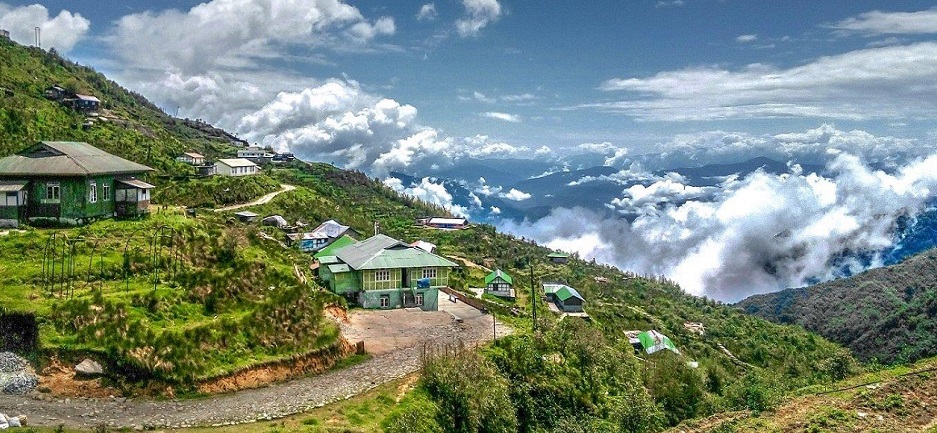Sikkim, nestled in the northeastern part of India, is a paradise for nature lovers and adventure enthusiasts. Known for its pristine landscapes, rich cultural heritage, and serene monasteries, Sikkim offers a unique blend of tranquility and thrill that draws tourists from around the globe. The state, which shares its borders with Tibet, Bhutan, and Nepal, is a treasure trove of scenic beauty and cultural diversity.
Natural Beauty of Sikkim
The allure of Sikkim tourism lies in its breath taking natural landscapes. The state is home to the majestic Kanchenjunga, the third highest mountain in the world. The sight of Kanchenjunga, especially during sunrise, is a mesmerizing experience, with the snow-capped peaks bathed in hues of gold and pink. The Gurudongmar Lake, one of the highest lakes in the world, offers a spectacular view with its crystal-clear waters surrounded by snow-clad mountains.
The state is also dotted with numerous waterfalls, lush green valleys, and alpine meadows. The Yumthang Valley, known as the Valley of Flowers, is a must-visit for its vibrant display of rhododendrons in bloom. Similarly, the Tsomgo Lake, situated at an altitude of 3,753 meters, is a glacial lake that captivates visitors with its serene beauty.
Adventure Activities to be enjoyed in Sikkim
For adventure seekers, Sikkim provides ample opportunities. Trekking is one of the most popular activities, with routes like the Goecha La Trek offering challenging yet rewarding experiences. River rafting in the Teesta River, paragliding in Gangtok, and mountain biking through the rugged terrains add to the adrenaline rush.
Cultural Heritage of Sikkim
Sikkim’s cultural heritage is as rich and varied as its natural beauty. The state is predominantly Buddhist, with numerous monasteries dotting its landscape. The Rumtek Monastery, the largest in Sikkim, is an architectural marvel and a significant center for Tibetan Buddhism. The Pemayangtse Monastery, Enchey Monastery, and Tashiding Monastery are other important religious sites that offer a glimpse into the spiritual life of the region.
The vibrant festivals of Sikkim are a reflection of its rich cultural tapestry. Losar, the Tibetan New Year, is celebrated with much fanfare, featuring traditional music, dance, and elaborate feasts. The annual Pang Lhabsol festival, unique to Sikkim, marks the harmony between humans and nature, showcasing colourful masked dances and rituals.
Ecotourism Kind of Tourism in Sikkim
Sikkim has made significant strides in promoting ecotourism. The state’s commitment to sustainability is evident in its ban on plastic bags and its organic farming practices. The Khangchendzonga National Park, a UNESCO World Heritage Site, is a testament to Sikkim’s efforts in preserving its natural heritage. The park is home to diverse flora and fauna, including the elusive snow leopard, red panda, and Himalayan black bear.
Accessibility and Hospitality
Getting to Sikkim has become easier with the opening of Pakyong Airport, which connects the state to major cities like Delhi and Kolkata. The state’s capital, Gangtok, serves as the gateway to exploring Sikkim. Gangtok itself is a charming town, with attractions like the MG Marg, Nathula Pass, and the Do Drul Chorten stupa.
The hospitality of the Sikkimese people adds to the charm of the place. Whether staying in a luxurious hotel or a cozy homestay, visitors are treated with warmth and friendliness that makes their stay memorable.
Sikkim, with its unparalleled natural beauty, rich cultural heritage, and array of adventure activities, stands out as a premier travel destination in India. Its commitment to sustainability and ecotourism further enhances its appeal. Whether you are seeking peace amidst nature, a dose of adrenaline, or a cultural immersion, Sikkim offers an experience that is both enriching and unforgettable.




